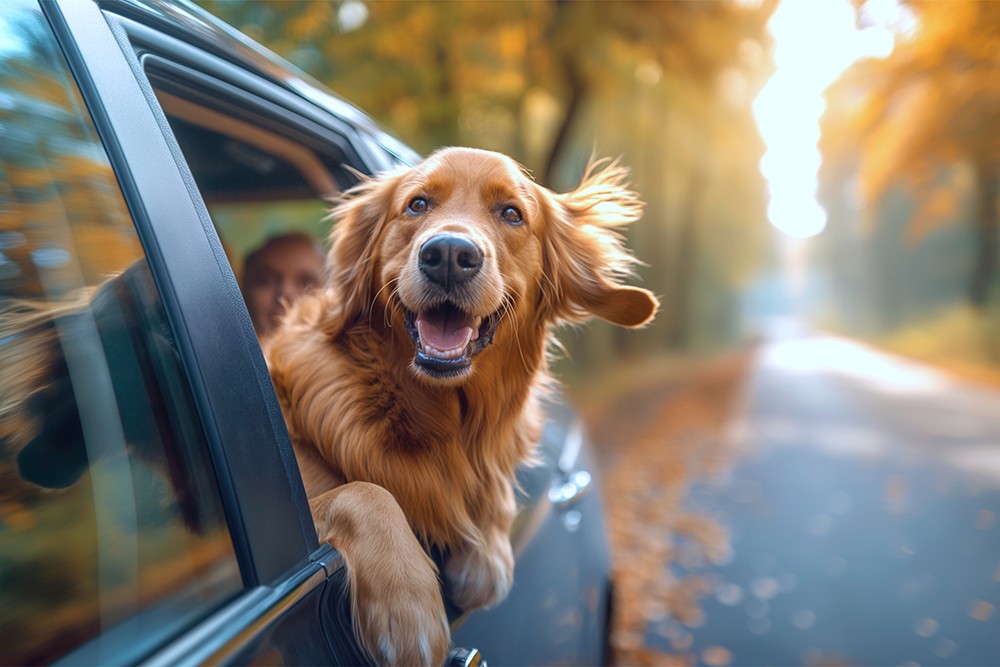
Holiday driving can bring plenty of smiles but some anxiety, too. Road conditions have changed and your vehicle may not be responding the way it should.
Ask your service advisors to do a walk-around of your vehicle with you to discuss concerns before heading out of town. There are lots of ways to improve vehicle safety and engine performance in colder weather.
The goal is keeping customer vehicles operating at peak performance. That means helping them understand services that go beyond basic oil change regimen.
Does your vehicle hesitate when you accelerate to merge onto a freeway? That’s could be related to the fuel intake system and reduces fuel efficiency.
Fuel injector problems are exacerbated by cold weather.
Checklist of car care for safe and reliable holiday driving:
- Check tire condition and tread wear. Those first cold days of autumn can deflate tires. Look for tread worn or uneven wear.
- Replace conventional rubber wiper blades and the rear blade on SUVs with a set designed to withstand inclement weather. Consider winter blades that contain rubber compounds to remain flexible in extreme weather.
- For rainy regions look for blades that have silicon compounds that resist cracking, remain pliable and form to your windshield contour.
- Ask your service advisor if you need a fuel injector service to improve fuel economy. The frequency is determined by driving conditions, fuel quality, mileage and engine design.
- Check all headlight and taillights to make sure they are operating properly and have a bright glow. Traditional bulbs lose their brightness and LED lights may stop working
- The all-important “walk around.” Ask your service advisor to take a look at your vehicle with you to point out areas of concern.
- Replace the cabin air filter. Summer dust and pollen can clog filters. Food odors, smoke and sweaty gym clothes can turn cabin air foul.
- Check climate control system performance. Does the system heat up slowly or circulate poorly? Autumn leaves can clog vents and leaks or low fluid levels can prevent the system from working properly.
- Refill the windshield wiper fluid tank. Cleaning windows throughout summer may have left your wiper fluid tank near empty. Ask about fluids designed for freezing climates and rain repellent additives for wet climates. Note: Winter grades may contain chemicals that have use restrictions.
- Investigate grinding and squeaking noises. Hot summer driving accelerates wear on brake pads, and grinding or squealing noises are two signs they probably need replacement.
- Get a battery charge test before leaving town to avoid sudden failure. A weak battery can go dead literally overnight in cold weather.
- Watch for vehicle vibrations when the car is idling. The problem may be caused by motor mounts. They are made from rubber compounds and deteriorate like any other rubber-based product. The problem worsens over time and may cause other vehicle issues such as loose hoses, torn belts and abnormal tire wear.
- Listen for screeching sounds underneath the hood. The engine belts are worn and need replacement before causing extensive engine damage. Belts may look adequate and require a trained eye to spot problems.
- Inspect engine hoses that may be leaky or worn from hot summer driving. Ozone causes rubber hoses to lose their pliability and eventually become hardened. Some acids in radiator fluid can eat away radiator hoses from the inside.
- Take a few extra precautions for older vehicles or vehicles not used very often. The traditional oil change service every 5,000 or 7,000 miles may always apply. Customers should ask their service advisor how to keep aging vehicles running in peak condition throughout the upcoming winter.
Copyright © 2024 by Sensible Driver. All rights reserved.